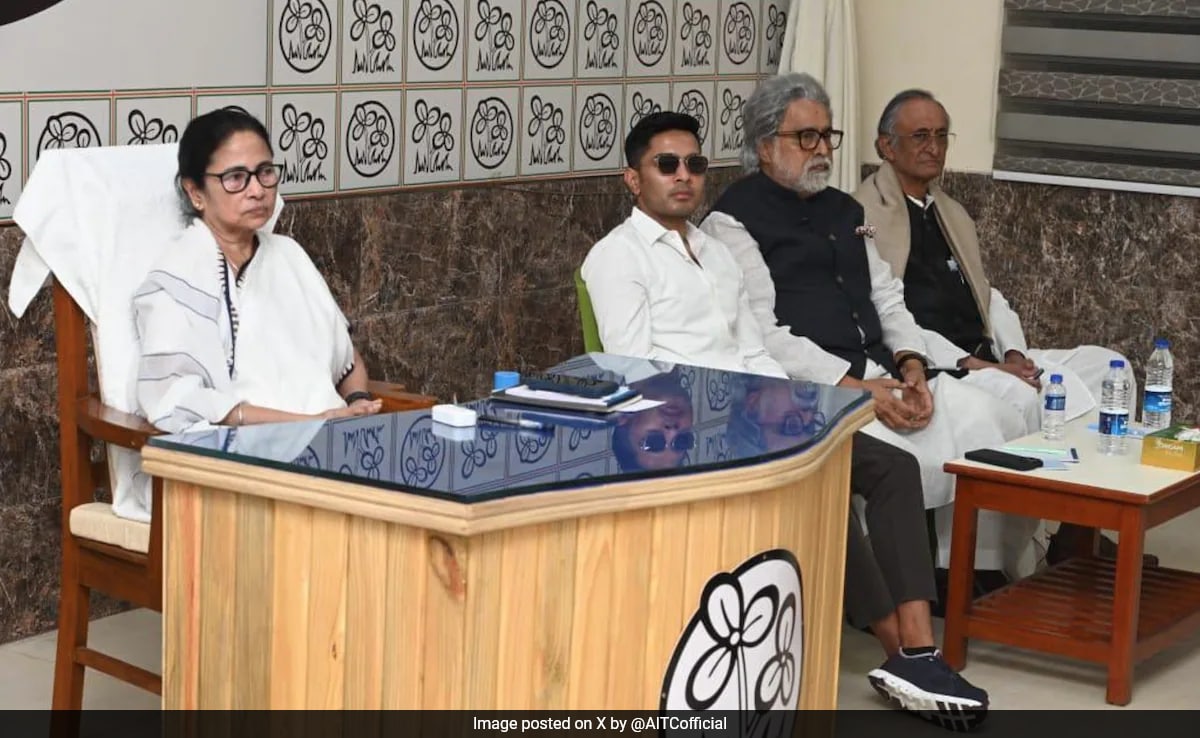
BENGALURU: In a astronomical discovery, an international team of 32 scientists from 10 countries — India, Finland, Poland, China, USA, Czech Republic, Japan, Germany, Spain, and Italy — has directly observed the smaller black hole in a binary system for the first time.
The study, published in Astrophysical Journal Letters, focused on the galaxy OJ 287, located approximately 4 billion light-years away from Earth.
It involved researchers from various institutions, including Shubham Kishore and Alok C. Gupta from the Aryabhatta Research Institute of Observational Sciences in India, and Paul Wiita from The College of New Jersey, USA.
The research builds upon previous theories suggesting the existence of two black holes at the center of OJ 287, the department of science and technology (DST) said.
Using Nasa’s Transitingxoplanet Survey Satellite (TESS), originally designed for exoplanet detection, astronomers monitored the brightness of the primary black hole and its associated jet.
On Nov 12, 2021, TESS detected a sudden burst of brightness that lasted for 12 hours. This event, predicted by researcher Pauli Pihajoki from the University of Turku in 2014, provided the first direct evidence of the smaller black hole’s presence.
The flare occurred when the smaller black hole consumed a large portion of the accretion disk surrounding its larger counterpart, resulting in a bright outward jet of gas,” DST said.
Professor Mauri Valtonen and his team at the University of Turku have shown that this burst of light originated from the smaller black hole and its surroundings. During the event, the typically red-colored OJ 287 appeared more yellow, indicating the visibility of the smaller black hole.
The discovery was corroborated by multiple observatories, including Nasa’s Swift telescope and a network of ground-based telescopes coordinated by an international collaboration led by Staszek Zola from Jagiellonian University in Cracow, Poland.
“This observation marks a significant milestone in black hole research, comparable to TESS’s exoplanet discoveries. While direct imaging of the black holes remains challenging due to their immense distance, scientists expect that the smaller black hole may soon be detectable through gravitational waves,” DST said.
This breakthrough not only confirms existing theories about binary black hole systems but also opens new avenues for understanding these cosmic phenomena. As observational techniques continue to advance, astronomers hope to gain even more insights into the nature of black holes and their role in shaping galaxies
The study, published in Astrophysical Journal Letters, focused on the galaxy OJ 287, located approximately 4 billion light-years away from Earth.
It involved researchers from various institutions, including Shubham Kishore and Alok C. Gupta from the Aryabhatta Research Institute of Observational Sciences in India, and Paul Wiita from The College of New Jersey, USA.
The research builds upon previous theories suggesting the existence of two black holes at the center of OJ 287, the department of science and technology (DST) said.
Using Nasa’s Transitingxoplanet Survey Satellite (TESS), originally designed for exoplanet detection, astronomers monitored the brightness of the primary black hole and its associated jet.
On Nov 12, 2021, TESS detected a sudden burst of brightness that lasted for 12 hours. This event, predicted by researcher Pauli Pihajoki from the University of Turku in 2014, provided the first direct evidence of the smaller black hole’s presence.
The flare occurred when the smaller black hole consumed a large portion of the accretion disk surrounding its larger counterpart, resulting in a bright outward jet of gas,” DST said.
Professor Mauri Valtonen and his team at the University of Turku have shown that this burst of light originated from the smaller black hole and its surroundings. During the event, the typically red-colored OJ 287 appeared more yellow, indicating the visibility of the smaller black hole.
The discovery was corroborated by multiple observatories, including Nasa’s Swift telescope and a network of ground-based telescopes coordinated by an international collaboration led by Staszek Zola from Jagiellonian University in Cracow, Poland.
“This observation marks a significant milestone in black hole research, comparable to TESS’s exoplanet discoveries. While direct imaging of the black holes remains challenging due to their immense distance, scientists expect that the smaller black hole may soon be detectable through gravitational waves,” DST said.
This breakthrough not only confirms existing theories about binary black hole systems but also opens new avenues for understanding these cosmic phenomena. As observational techniques continue to advance, astronomers hope to gain even more insights into the nature of black holes and their role in shaping galaxies








